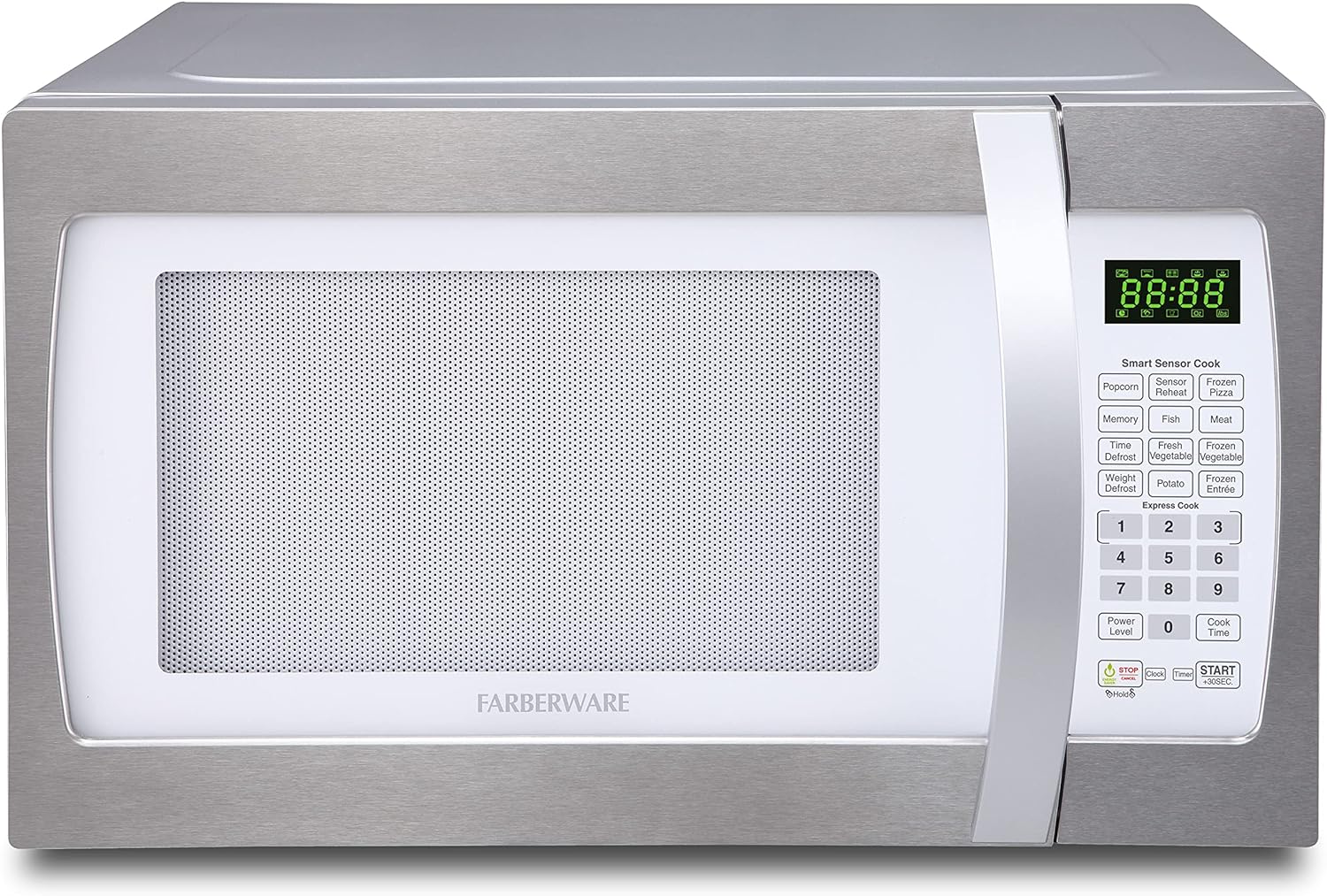Introduction:
Microwaves have become an essential part of modern kitchens, revolutionizing the way we cook and heat our food. The invention of the microwave can be attributed to several scientists and engineers who made significant contributions to its development over time. In this article, we will explore the origins of the microwave and discuss the key individuals who played a role in its invention, highlighting their contributions and the evolution of this remarkable kitchen appliance.

Who was the original inventor of the microwave?
Early Discoveries and Developments:
a. Electromagnetic Waves: The foundations for the invention of the microwave can be traced back to the 19th century when scientists began to explore the properties of electromagnetic waves. James Clerk Maxwell’s electromagnetic theory laid the groundwork for understanding the behavior of these waves.
b. Maxwell’s Equations: Maxwell’s equations, developed in the 1860s, described the relationship between electric and magnetic fields and predicted the existence of electromagnetic waves. These equations formed the theoretical basis for the subsequent development of microwave technology.
The Development of Magnetrons:
a. Early Experiments: In the early 20th century, researchers began experimenting with vacuum tubes and electron beams. This led to the development of the magnetron, a device capable of generating high-powered electromagnetic waves at microwave frequencies.
b. Albert W. Hull: In the 1920s, Albert W. Hull, an American physicist, made important contributions to the development of magnetrons. He invented and patented the magnetron tube in 1921, which formed the basis for subsequent advancements in microwave technology.
The Role of World War II:
a. Radar Development: During World War II, the development of radar technology played a major role in the advancement of microwaves. Radar systems, which used microwave frequencies, were crucial for military operations, leading to significant research and development in microwave technology.
b. Percy Spencer: Percy Spencer, an American engineer, made a notable contribution to the invention of the microwave during World War II. While working for Raytheon Corporation, Spencer was experimenting with magnetrons for radar systems when he noticed that a candy bar in his pocket had melted. This led him to realize that microwaves could be used for cooking.
c. The Raytheon Radarange: In 1945, Raytheon Corporation introduced the Radarange, the first commercially available microwave oven. This device utilized microwave technology developed for radar systems and was primarily used in commercial and industrial settings.
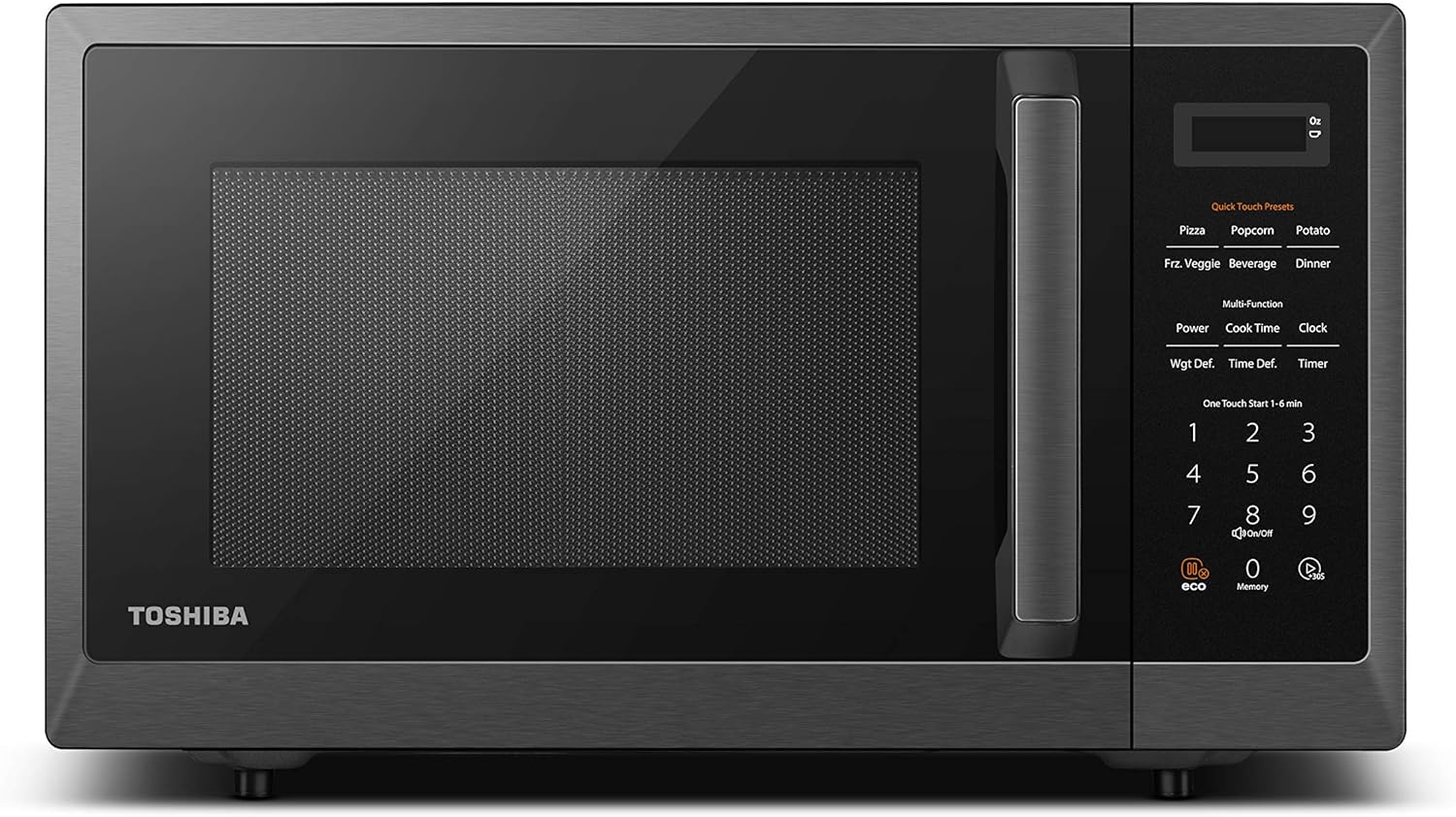
The Evolution of Microwave Ovens:
a. Domestic Applications: Following the introduction of the Radarange, efforts were made to adapt microwave technology for domestic use. The early microwave ovens were large, expensive, and primarily targeted toward commercial establishments.
b. Miniaturization and Cost Reduction: Over time, advancements in technology and manufacturing techniques led to the miniaturization and cost reduction of microwave ovens. This enabled their widespread adoption in residential kitchens.
c. Consumer Popularity: In the 1970s and 1980s, microwave ovens gained immense popularity among consumers due to their convenience, speed, and ability to cook and heat a wide variety of foods.
d. Continuous Advancements: Since their introduction, microwave ovens have undergone continuous advancements in terms of features, design, and energy efficiency. These advancements have further solidified their position as a staple kitchen appliance.
Notable Contributors to Microwave Technology:
a. John Randall and Harry Boot: In the 1940s, British scientists John Randall and Harry Boot made significant advancements in magnetron technology. They developed the cavity magnetron, a more efficient and powerful version of the magnetron, which played a crucial role in the development of radar systems and microwave ovens.
b. Spencer Silver: In the 1960s, Spencer Silver, a chemist at 3M, invented a low-tack adhesive known as “microsphere glue.” This glue eventually led to the development of microwave-safe containers and packaging materials that revolutionized the use of microwaves for cooking and reheating food.
c. Raytheon Corporation: Raytheon Corporation, the company for which Percy Spencer worked, played a pivotal role in the development and commercialization of microwave ovens. Their contributions and advancements in microwave technology laid the foundation for their widespread adoption and use.
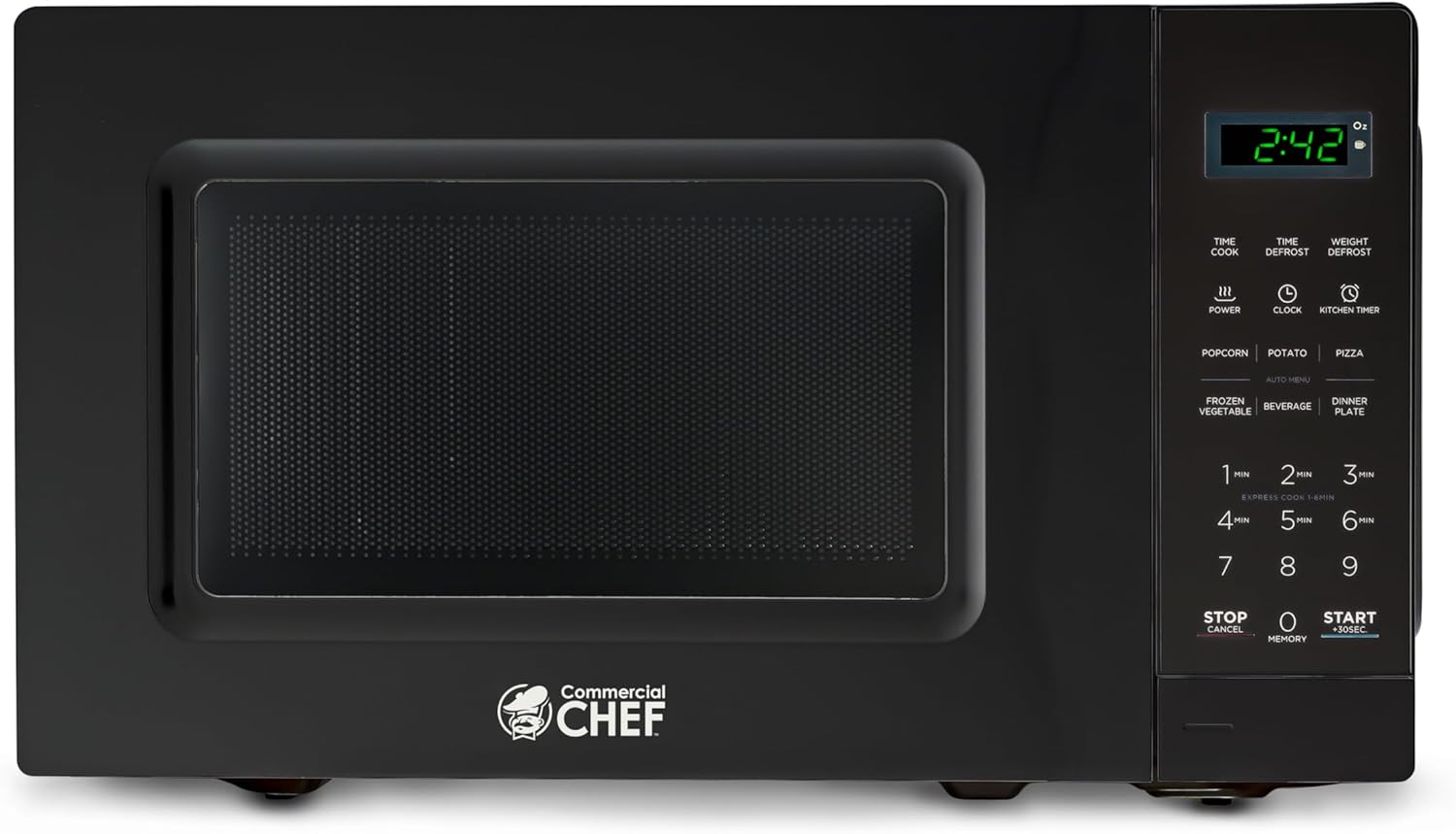
Industrial and Scientific Contributions:
a. Industrial Research and Development: Alongside the scientific advancements, industrial research and development played a significant role in perfecting microwave oven technology. Companies such as Sharp Corporation, Panasonic, and General Electric made substantial contributions to the design, manufacturing, and commercialization of microwave ovens.
b. Consumer Electronics and Innovation: The emergence of consumer electronics and the demand for innovative kitchen appliances further fueled the evolution of microwave ovens. Manufacturers embraced advancements in microelectronics, display technologies, and user interface design to enhance the functionality and user experience of microwave ovens.
c. Improved Safety Features: Safety has been a primary concern in the development of microwave ovens. The incorporation of safety features, such as door interlocks, automatic shut-offs, and child lock mechanisms, has made microwave ovens safer and more user-friendly.
Health and Environmental Considerations:
a. Non-ionizing Radiation: Microwaves emit non-ionizing radiation, which is generally considered safe for humans. However, it is essential to follow proper usage guidelines and precautions to minimize any potential health risks.
b. Microwave Leakage: Microwave ovens are designed to contain the microwaves within the cooking chamber. Regular maintenance and inspection are crucial to ensuring that the oven remains free from damage or leaks that could expose users to excessive microwave radiation.
c. Environmental Impact: Like other household appliances, microwave ovens have an environmental impact. Their energy consumption, manufacturing processes, and end-of-life disposal contribute to their overall environmental footprint. Opting for energy-efficient models and responsible disposal can help mitigate these impacts.
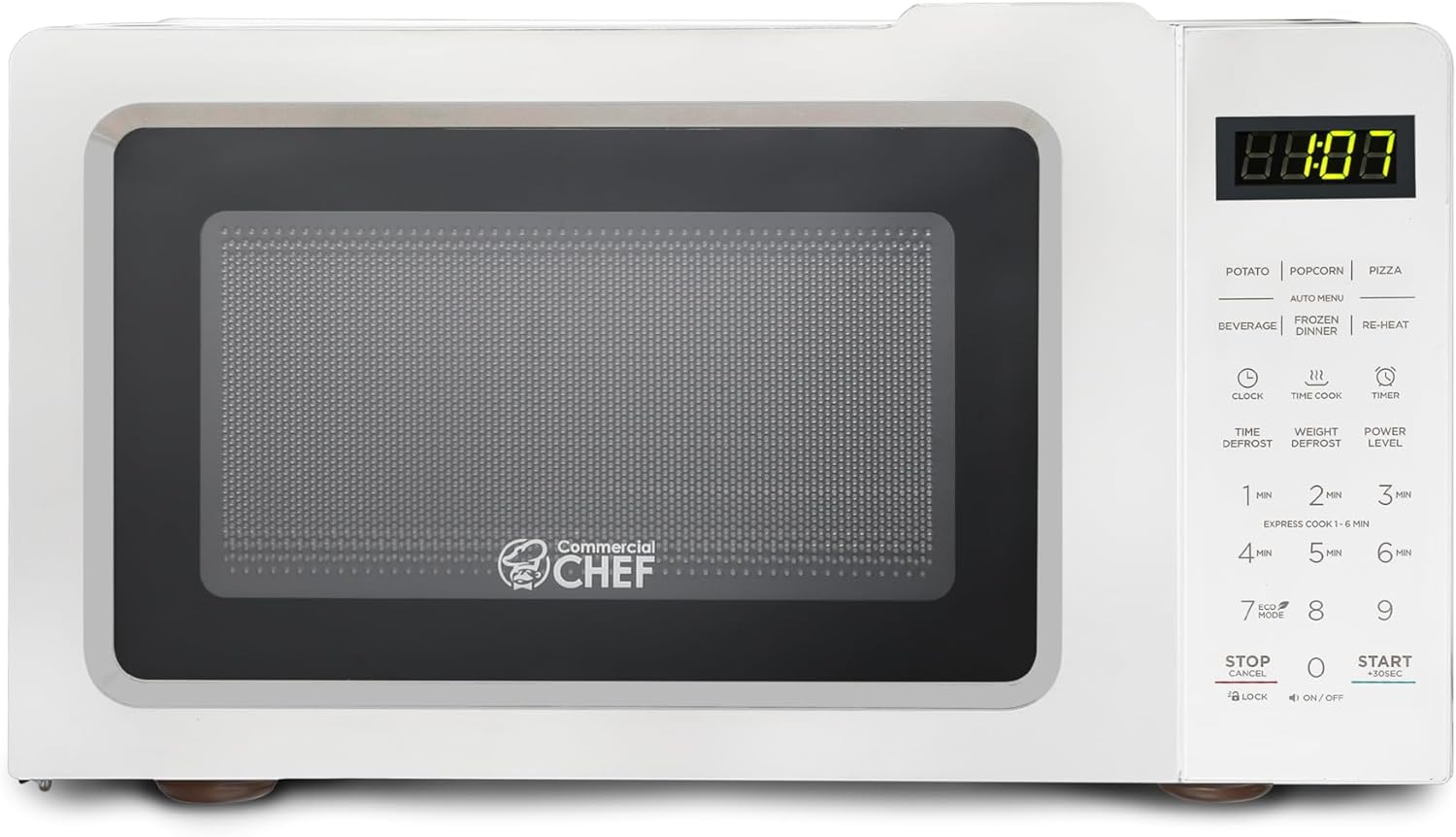
Future Trends and Innovations:
a. Smart and Connected Features: The integration of smart technologies and connectivity into microwave ovens has emerged as a recent trend. Wi-Fi connectivity, smartphone apps, and voice control capabilities are being incorporated to enhance convenience and provide personalized cooking experiences.
b. Energy Efficiency and Sustainability: Manufacturers are continuously striving to improve the energy efficiency of microwave ovens through the use of advanced insulation materials, LED lighting, and sensor-based cooking technologies. Energy Star-rated appliances and eco-friendly manufacturing practices are becoming more prevalent.
c. Multi-functionality: Microwave ovens are evolving to offer multi-functionality, combining microwave cooking with conventional oven, grill, and air fryer features. These multi-functional appliances aim to provide versatility and streamline the cooking process.
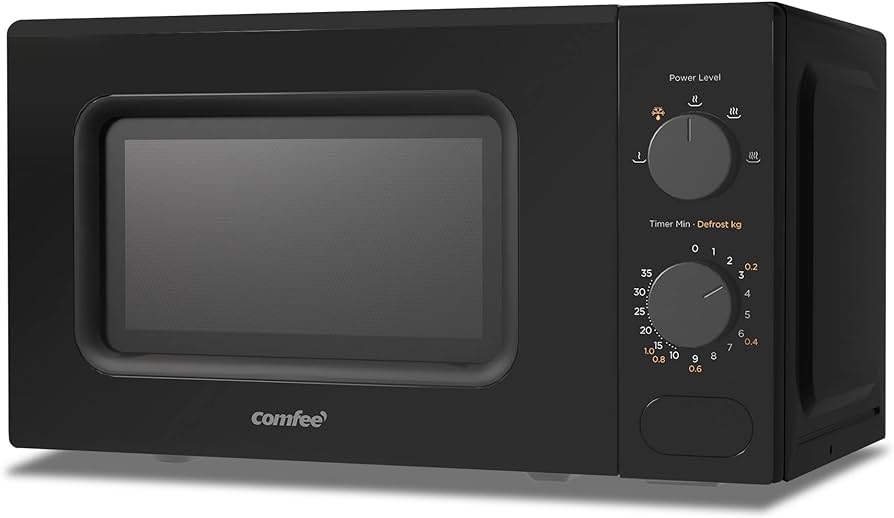
Conclusion:
The invention of the microwave oven was a result of the collective efforts of numerous scientists, engineers, and inventors over several decades. The development of magnetrons, radar systems, and the application of microwaves for cooking all played a role in the evolution of this remarkable kitchen appliance. While Albert W. Hull’s patent on the magnetron tube laid the foundation for subsequent advancements, Percy Spencer’s discovery and the commercial introduction of microwave ovens by Raytheon Corporation were crucial in bringing this technology to the public.

